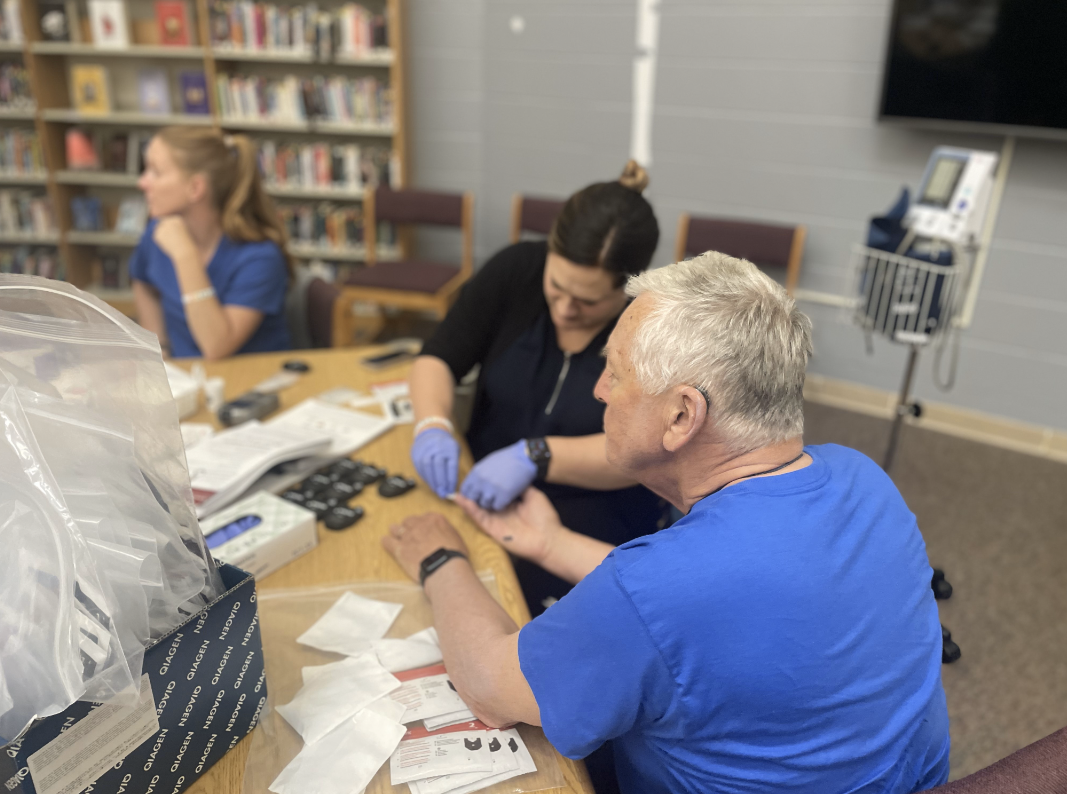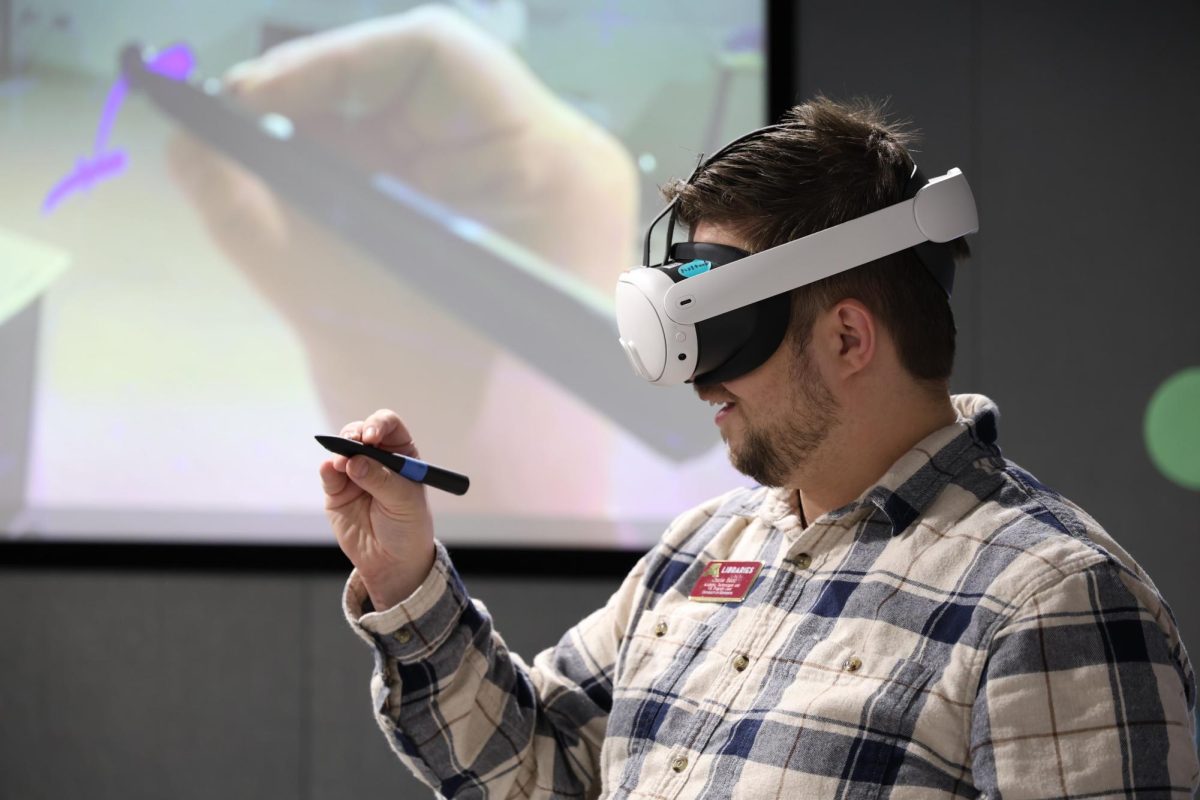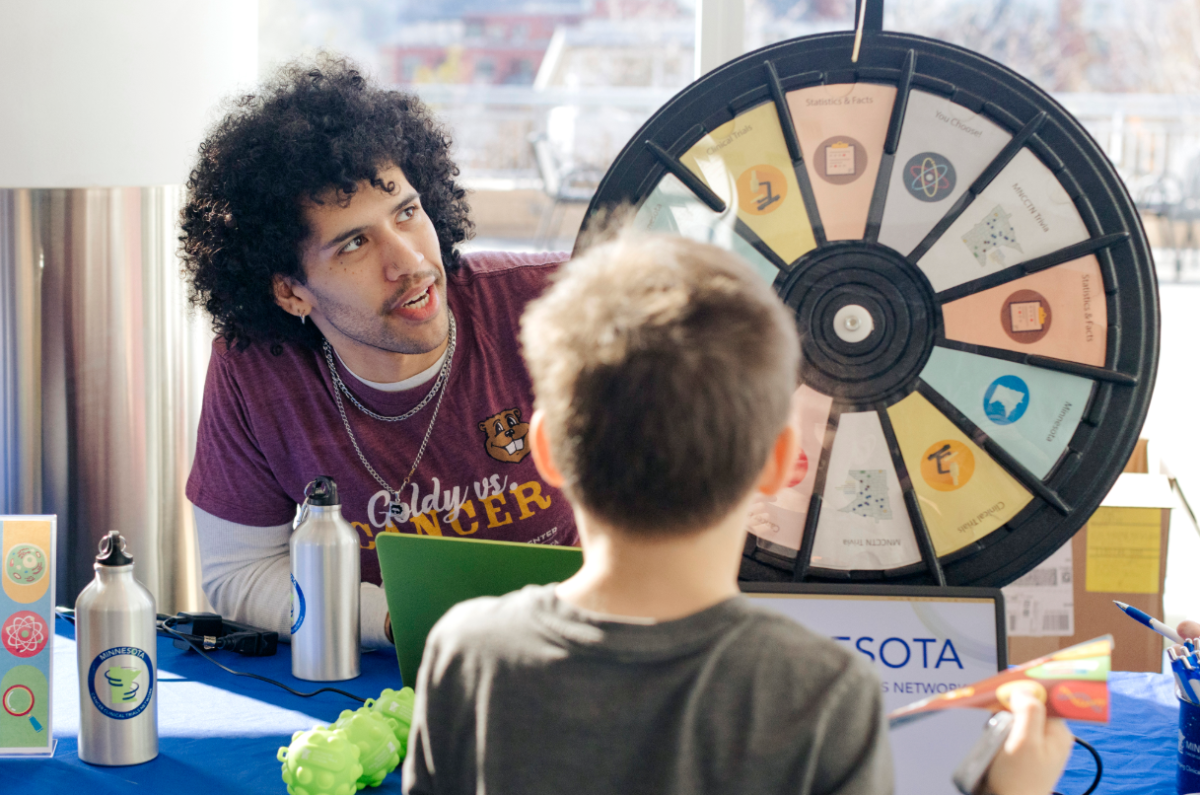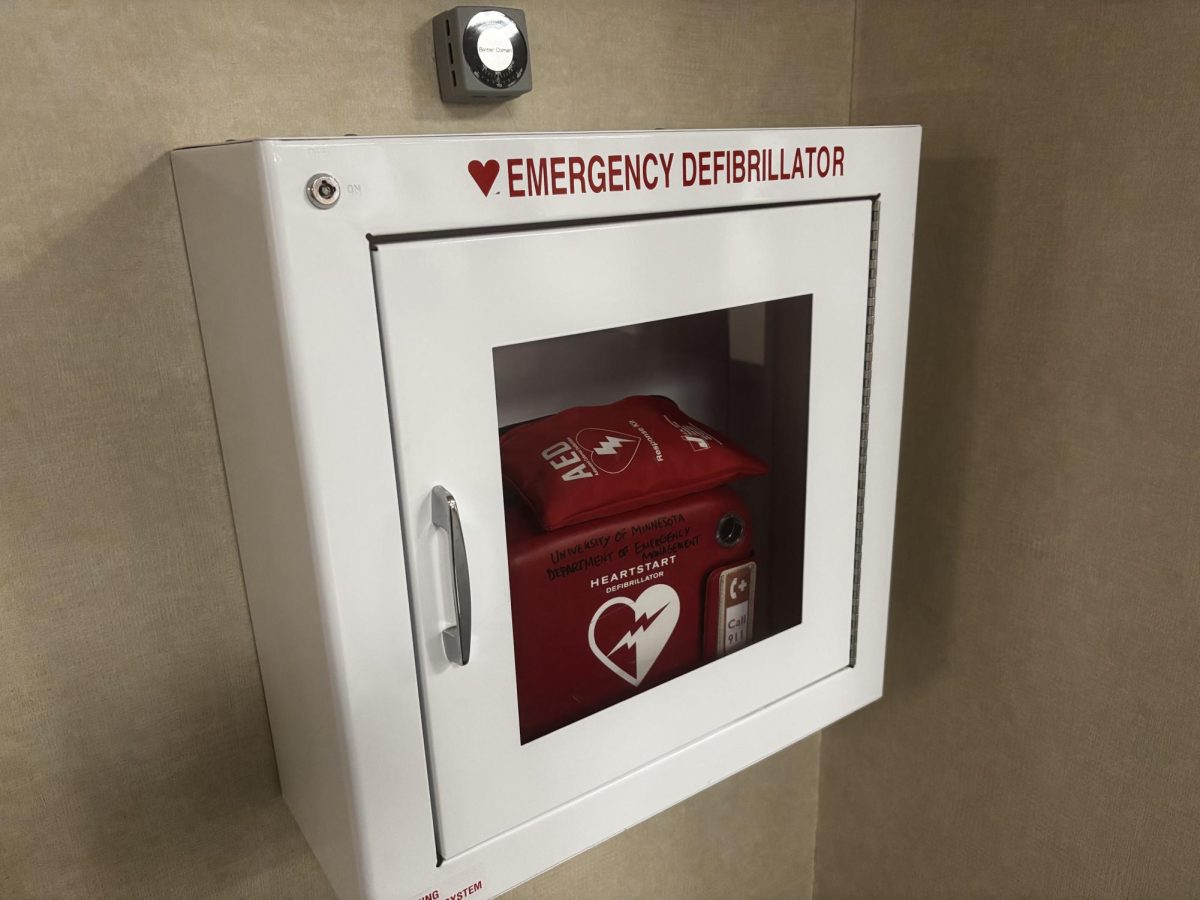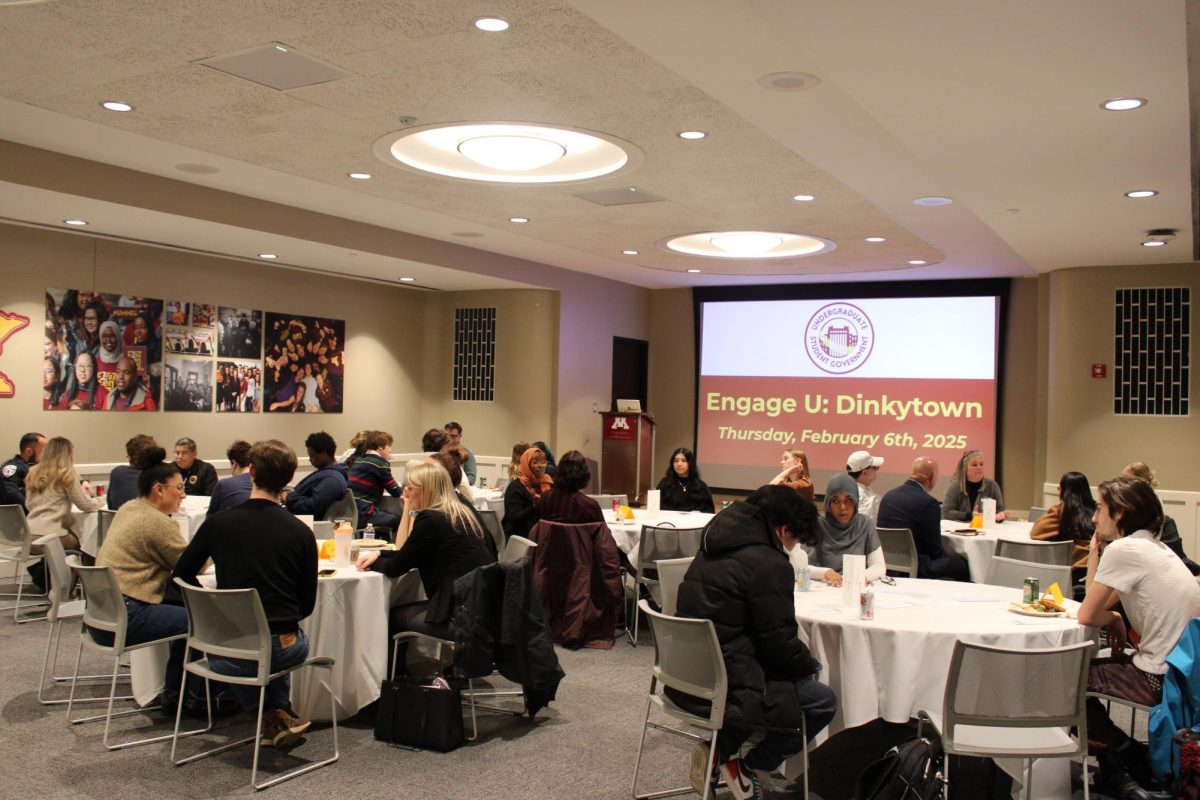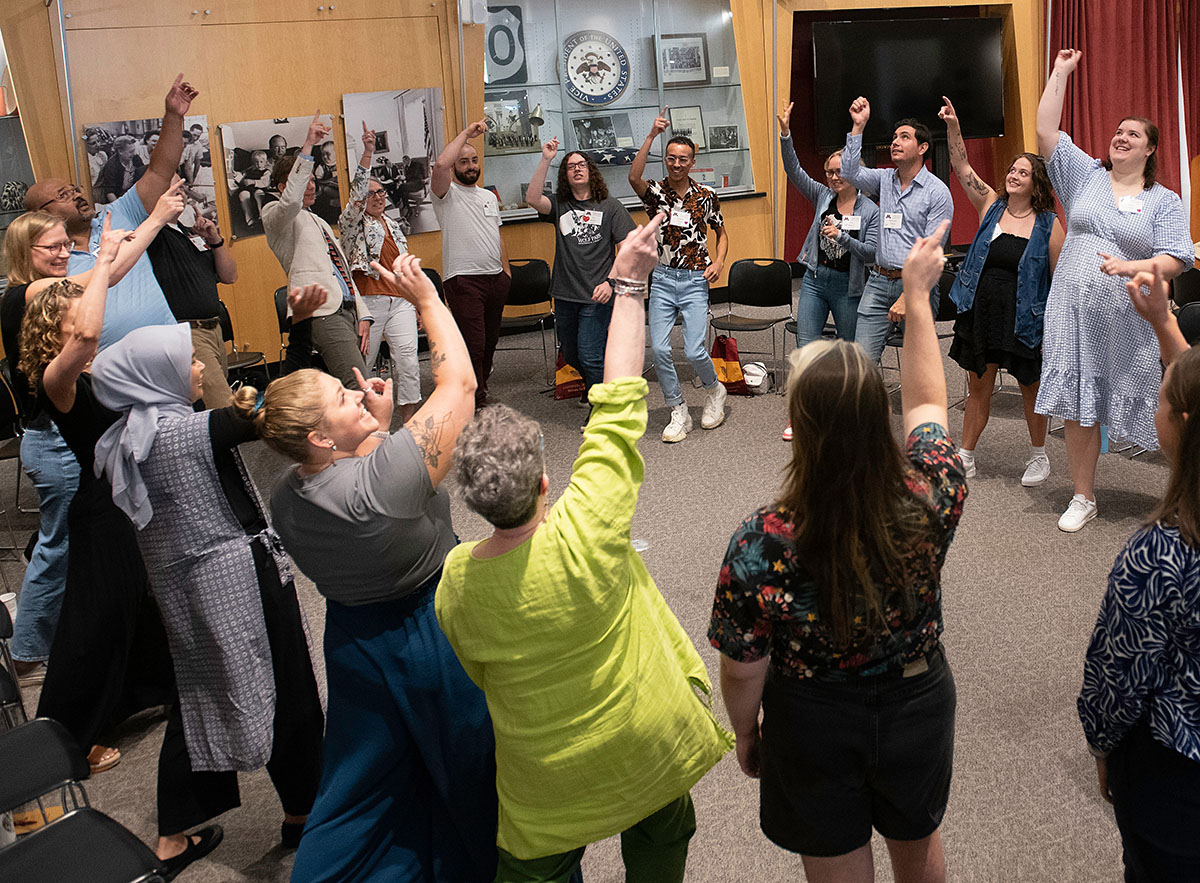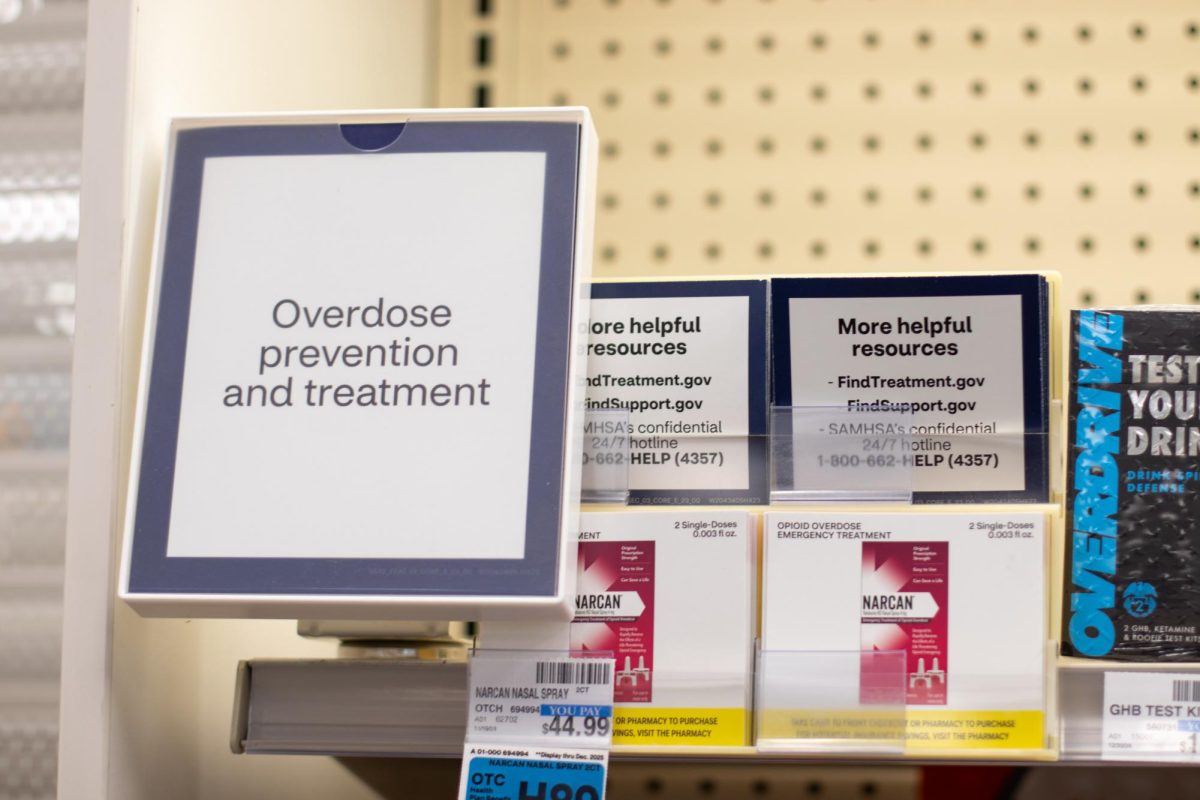The Wellness on Wheels program held its first event on June 25 to address preventative health needs in the community, and quickly gained popularity across Minnesota.
The Hormel Institute and Mower County Public Health created Wellness on Wheels to address community health needs by giving people the necessary preventative health screening at no cost, said Chris Weis, Mower County Public Health community health specialist.
One of the issues the Hormel Institute heard in underrepresented communities was people struggling to get baseline readings for preventative healthcare measures, said Kelly Vincelette, community outreach and education manager at Hormel Institute.
Only 8% of U.S. adults above the age of 35 received all the recommended clinical preventive health services, like blood pressure or cholesterol screenings, according to a 2018 study published in Health Affairs.
Emily Heath, research and outreach nurse at Hormel Institute, said Wellness on Wheels gives free screenings because most people will not get screened if they do not think anything is wrong, especially if they have to pay for it.
“A lot of times people who are uninsured or underinsured can barely find the time or money to go to the doctor when they’re sick, let alone when they’re healthy and just want to see the status of their cholesterol,” Heath said.
Weis said making people understand the importance of preventative measures is a major barrier to public health.
“Instead of trying to grab everybody downstream and grab them out of the water, we would rather go upstream and keep them from falling in,” Weis said.
Vincelette said the Wellness on Wheels team cannot diagnose people but does offer a baseline idea of whether there is an underlying condition they need to take action for.
Transportation also stands in the way of people getting to the doctor, which is why Wellness on Wheels goes directly to rural communities, Heath said.
To further address the transportation issue, Wellness on Wheels schedules their events at popular places, such as the county fair or farmer’s markets, Vincellete said. Holding the Wellness on Wheels events at places people attend for other reasons gives people the opportunity to learn about the program.
“Our goal is not only to meet people where they’re at but be able to offer them a service they wouldn’t otherwise get,” Vincelette said.
Heath said once people receive their test results, Wellness on Wheels recommends the next steps. They give out educational sheets, write down test results and provide information on health resources in the area.
“If someone gets a reading or has something that needs further attention we also provide the education, the resources and the materials that they need to know where to go,” Heath said.
Vincelette said when the Wellness on Wheels team was brainstorming the program, they planned a monthly event. However, they have five events scheduled for August.
“Now that we have rolled out and more people are hearing about us, I think the requests that we’re getting to come through has grown beyond what we ever thought,” Vincelette said.
Heath said the largest challenge Wellness on Wheels faces is funding for supplies, such as testing materials. She said she would like the program to continue growing, but when they are limited on supplies and personnel it is difficult to meet the high volume of requests to go to events.
Vincellete said Wellness on Wheels is always looking for volunteers.
“I think volunteers will end up being how we continue to grow and sustain,” Vincellette said.
The events Wellness on Wheels hosts have high turnouts, but even if just one person came, it would make everything worth it, Weis said.
“Whether we see one person or 50 people, that one person we see and help means we were successful,” Weis said.


